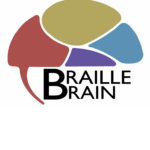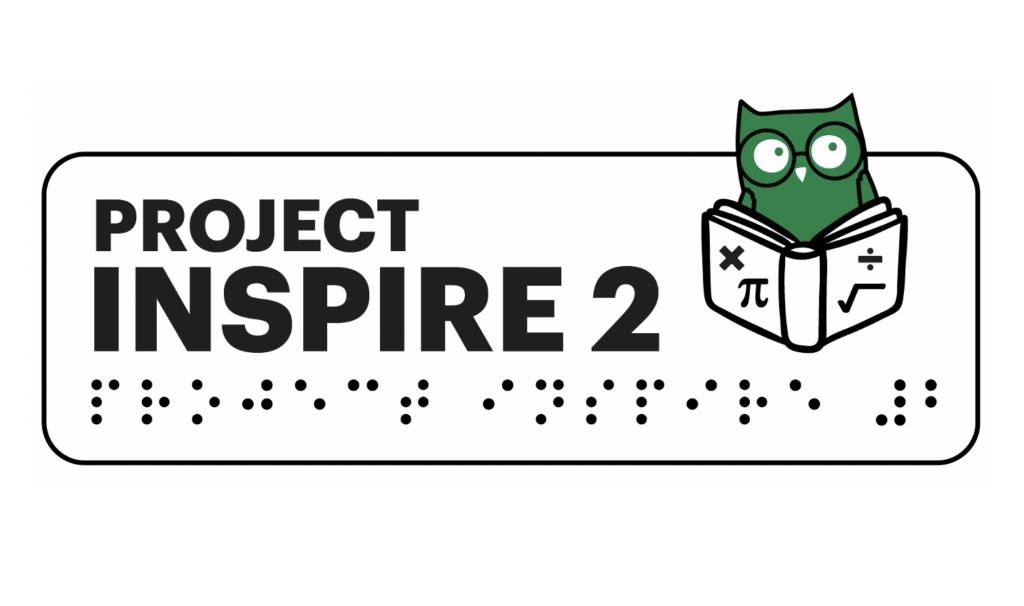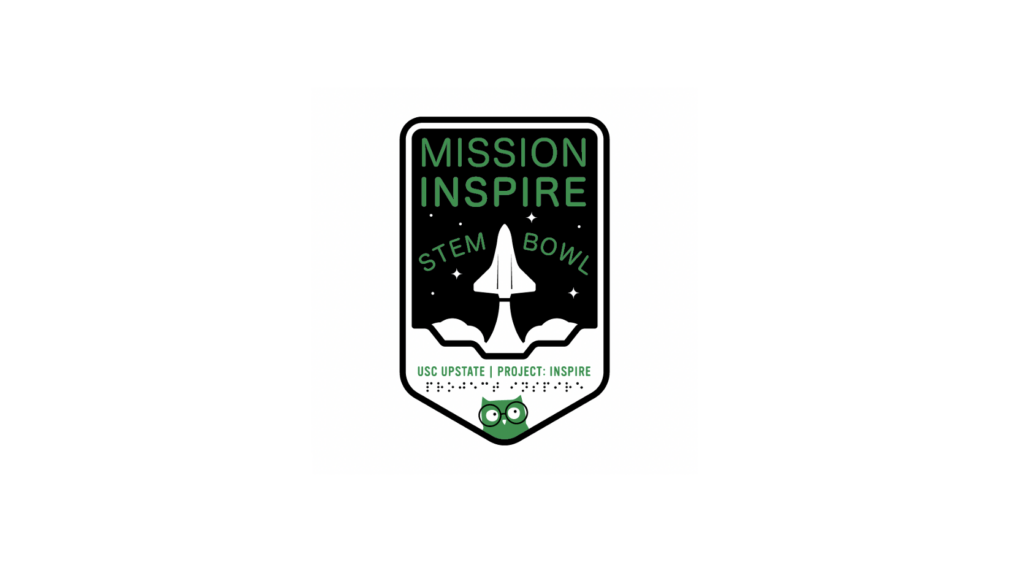“Implicitly or otherwise, the educational system has diminished expectations of the blind. If science is hard for me, a sighted adult might reason, it must be doubly hard for a blind person.”
— Geerat J. Vermeij, renowned blind marine biologist
The Challenge for Students
Students with visual impairments do not observe, collect or data in the same manner as their sighted peers. Consequently, these students are provided limited encouragement, opportunities or access to Science in schools. It is essential that students with visual impairments are presented with early exposure to scientific thinking and materials that will spark their interest in future interest in scientific exploration.
Importance of Models and Graphics in Science
For students with visual impairments, details and object relationships in Science are mental, because often they are only presented with descriptions. Their awareness or understanding of concepts are more challenging to grasp compared with students without visual impairments. Lack of detailed tactile models and graphics that adequately represent real objects presented in their curriculum is a barrier to educational access for students with visual impairments. In order for students to fully access Scientific principles, models and graphics must consider design principles that consider orientation, texture, height, spacing and movement. Models and graphics are a gateway for students with visual impairments to pursue careers in Science.
Organizations such as American Printing House For the Blind (APH) and National Braille Press (NBP) have committed to developing commercial products which will allow students with visual impairments to participate fully in their Science classes. Additionally, APH has developed products which are intentionally aligned with the Next Generation Science Standards (NGSS), which require students to participate in activities that promote “inquiry and real science practices such as hypothesis testing, model development, experimentation, and interpreting data.” (APH.org).
Resources
National Braille Press Featured Products:
- Out-of-Sight Science Experiments for Grades 2-5
- Hands On Science Activities: For Preschool to Second Grade
- The Tactile Caliper
APH Featured Products (Aligned with NGSS)
- Sense of Science
- Tactile Anatomy Atlas (Ages 12+)
- Azer’s Interactive Periodic Table Study Set (Ages 10+)
- Genetics (Middle School-High School)
- Tactile Graphics (4th Grade and up)
- Adapted Science Materials Kit (Ages 5+)
Science Resources:
- Perkins Accessible Science page
- Teaching VI Science Page
- Resources and Lessons developed by Perkins (Science)
- Independence Science
- AccessSTEM
- Science Education for Students with Disabilities
- National Science Teachers Association (Disability Resources)
- National Center for Blind Youth in Science

Braille Brain
Reading
- READING: Foundational Skills for Reading
- Integration of Knowledge and Ideas
- Vocabulary Acquisition and Use
- Braille Hand Movement and Refreshable Braille Displays
- Conventions of Standard English: Standard One
- Conventions of Standard English: Standard Two
- Writing and Language
- Craft and Structure
- Key Ideas and Details
- Best Practices for Teaching Braille and STEM to the Visually Impaired
- Assistive Technology to Support STEM Subjects for the Visually Impaired
- Compensatory Skills: A Focus on Organization
- Foundational Skills for STEM
- Math Instruction for Students with Visual Impairments
- Science Instruction for Students with Visual Impairments
- Tactile Graphics
STEM
- Best Practices for Teaching Braille and STEM to the Visually Impaired
- Assistive Technology to Support STEM Subjects for the Visually Impaired
- Compensatory Skills: A Focus on Organization
- Foundational Skills for STEM
- Math Instruction for Students with Visual Impairments
- Science Instruction for Students with Visual Impairments
- Tactile Graphics
- Braille Brain
- About Braille Brain
- Braille Training Program
- Foundational Skills for Reading
- Integration of Knowledge and Ideas
- Vocabulary Acquisition and Use
- Braille Hand Movement and Refreshable Braille Displays
- Conventions of Standard English: Standard One
- Conventions of Standard English: Standard Two
- Writing and Language
- Craft and Structure
- Key Ideas and Details
- Best Practices for Teaching Braille and STEM to the Visually Impaired
- Assistive Technology to Support STEM Subjects for the Visually Impaired
- Compensatory Skills: A Focus on Organization
- Foundational Skills for STEM
- Math Instruction for Students with Visual Impairments
- Science Instruction for Students with Visual Impairments
- Tactile Graphics



